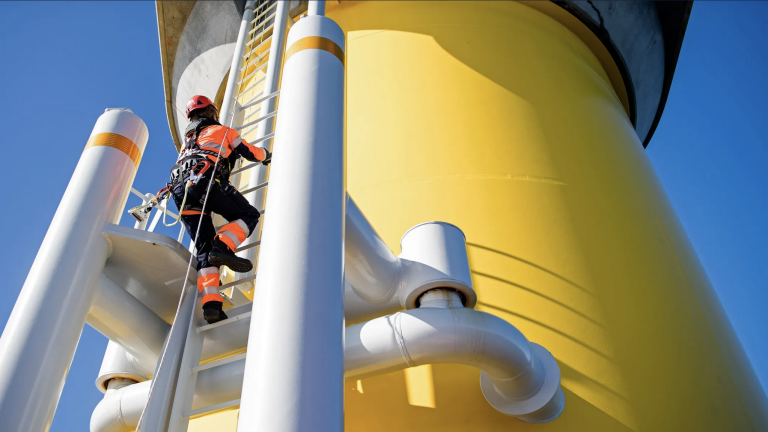
Clean-energy company Ørsted is helping offshore wind reach the gigawatt scales needed to make a dent in global carbon emissions.
Wind is a key source of renewable power, but densely populated coastlines often lack the physical space and blustery weather needed to take advantage of it. The fiercer and more reliable winds blowing farther offshore are an attractive alternative—yet many countries, facing high costs and slow permitting processes, are struggling to build wind power facilities there.
Ørsted is trying to change that. For more than two decades, the company has propelled the European offshore-wind market forward by investing in commercial-scale projects and the supply chains needed to support them. Today, Ørsted operates industrial-scale offshore wind farms in Denmark, Germany, and the UK, including Europe’s first two gigawatt-scale facilities. The company is now aggressively expanding its presence in the US, with initial large-scale projects in development off New York and New Jersey, as well as in the Asia-Pacific region.





